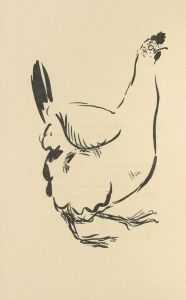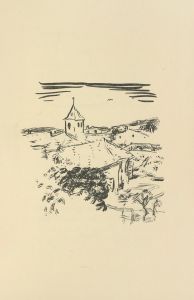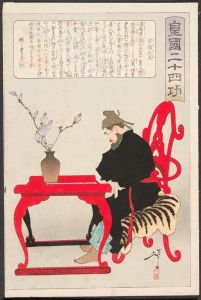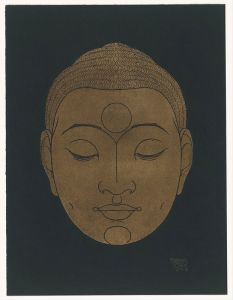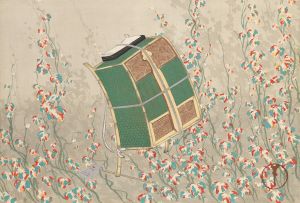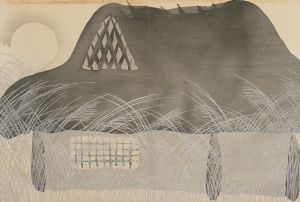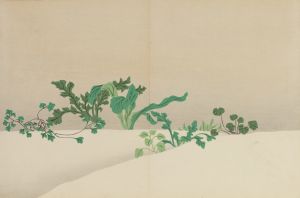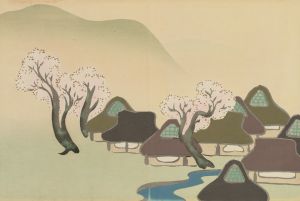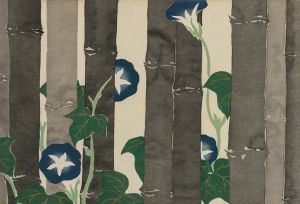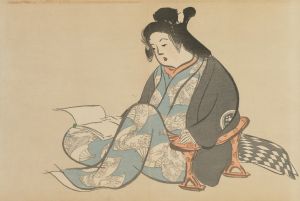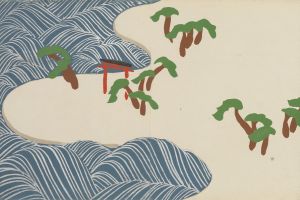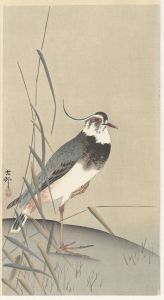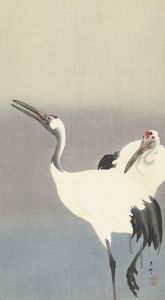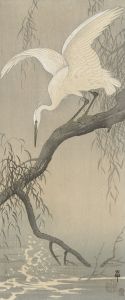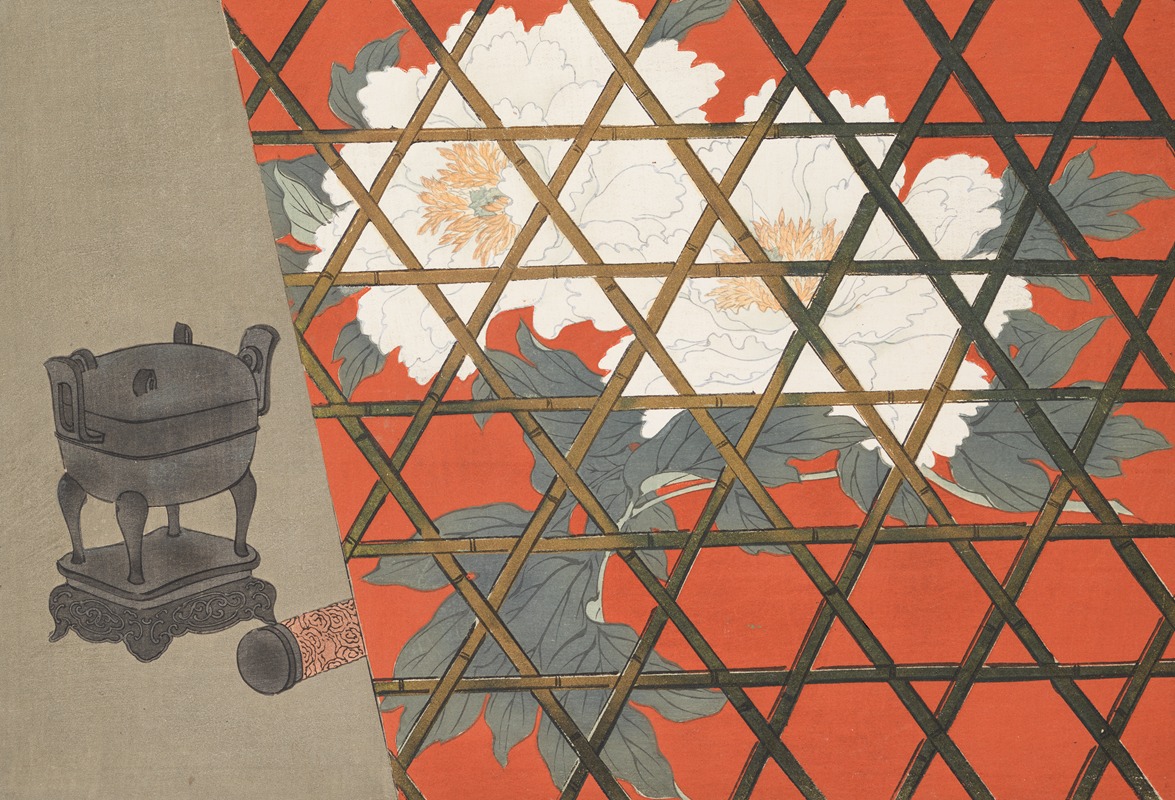
A Thousand Grasses Pl.14
A hand-painted replica of Kamisaka Sekka’s masterpiece A Thousand Grasses Pl.14, meticulously crafted by professional artists to capture the true essence of the original. Each piece is created with museum-quality canvas and rare mineral pigments, carefully painted by experienced artists with delicate brushstrokes and rich, layered colors to perfectly recreate the texture of the original artwork. Unlike machine-printed reproductions, this hand-painted version brings the painting to life, infused with the artist’s emotions and skill in every stroke. Whether for personal collection or home decoration, it instantly elevates the artistic atmosphere of any space.
Kamisaka Sekka (1866–1942) was a prominent Japanese artist and designer, widely regarded as one of the most influential figures in the Rinpa school of art during the late Meiji and Taisho periods. His work is celebrated for its innovative blend of traditional Japanese aesthetics with modern design principles, often incorporating bold colors, simplified forms, and a strong sense of decorative beauty.
"A Thousand Grasses Pl.14" is one of the plates from Kamisaka Sekka's renowned woodblock print series Momoyogusa (translated as "A World of Things" or "Flowers of a Hundred Generations"). This series, published between 1909 and 1910, consists of three volumes containing a total of 60 prints. It is considered a masterpiece of modern Rinpa art and a significant contribution to the development of Japanese design in the early 20th century.
The Momoyogusa series exemplifies Sekka's ability to reinterpret traditional Japanese motifs and themes through a modern lens. Each plate in the series showcases his mastery of composition, color, and pattern, often drawing inspiration from nature, folklore, and classical Japanese art forms. "A Thousand Grasses Pl.14" specifically reflects Sekka's interest in depicting natural elements with a stylized and decorative approach. The print features a dynamic arrangement of grasses, rendered with a combination of delicate lines and bold, flat areas of color. This visual style is characteristic of the Rinpa tradition, which emphasizes harmony, rhythm, and the beauty of nature.
Sekka's work in Momoyogusa was heavily influenced by his exposure to Western art and design during his travels to Europe in 1901. This experience encouraged him to experiment with new artistic techniques and integrate elements of Art Nouveau and other contemporary movements into his work. Despite these influences, Sekka remained deeply rooted in Japanese artistic traditions, and his prints often evoke a sense of timelessness and cultural heritage.
"A Thousand Grasses Pl.14," like other prints in the Momoyogusa series, was created using traditional Japanese woodblock printing techniques. This labor-intensive process involved collaboration between the artist, carvers, and printers, each contributing their expertise to produce the final work. The result is a series of prints that are not only visually striking but also a testament to the craftsmanship and artistry of Japanese printmaking.
Today, Kamisaka Sekka and his works, including "A Thousand Grasses Pl.14," are highly regarded in both Japan and the international art world. His contributions to the Rinpa school and his innovative approach to design have left a lasting legacy, influencing generations of artists and designers.





